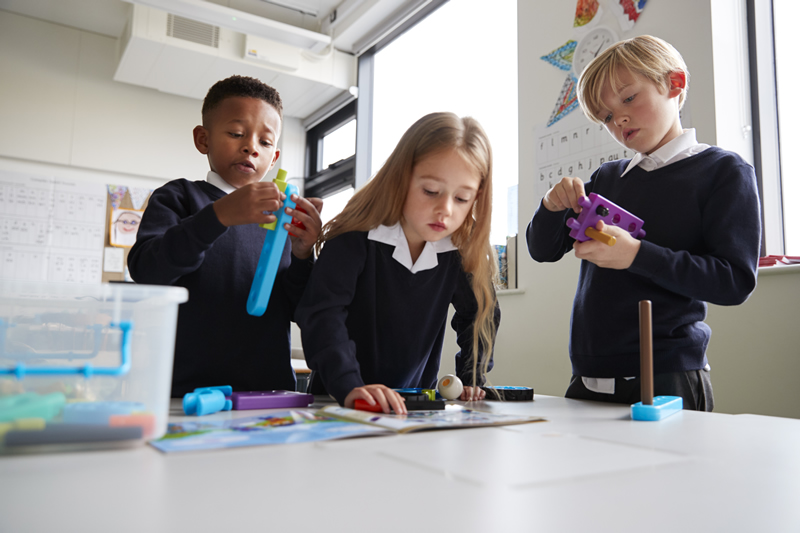When we think of bilingualism and multilingualism we are likely to think of the advantages being confined to the languages alone. A bilingual individual can access more learning, experience more, and interact more deeply. However, what we don’t tend to consider is how a bilingual or multilingual child is advantaged in terms of their ability to think flexibly and what this means.
Yet research is showing us that the very youngest children, as young as toddlers and pre-schoolers, are achieving greater cognitive control, and with it flexibility of thought, as a result of their bilingualism. These children are able to both understand and adapt to new environments and situations with greater ease than their monolingual counterparts.
Researchers at Concordia University in Canada have explained this. By being able to use different languages, children are required to continuously problem-solve and switch from one process and decision to another. As psychologist Diane Poulin-Dubois states:
“Therefore, the superior performance on [these] conflict tasks appears to be due to bilinguals’ strengthened cognitive flexibility and selective attention abilities as they have increased experience in switching across languages in expressive vocabulary.”
What’s really interesting is that the most marked gap between bilingual and monolingual young children came with regard to the non-verbal exercises in the research, most notably conflict inhibition tasks. These are tasks where a child has to hone in and be attentive to one factor at the exclusion of competing factors.
The research goes on to conclude that the language-switching required in bilingualism goes on to enhance their flexible thinking and adaptability of thought.
Flexible Thinking Due to Phonological Competition
Phonological competition, or the need to choose between different words, is heightened by the more languages you know. Our minds are engaging in phonological competition continually throughout the day when we think, talk and listen. We learn to suppress the words we don’t need in favour of the one we do. If we have more choice because we are multilingual then our brains have to work harder and therefore become extremely good at flexibly working out what we need.
The cognitive flexibility doesn’t just impact our ability to find the words we need to express ourselves, it’s far wider reaching. A toddler and young child’s brain is immensely ‘neuro-plastic’ meaning it has the ability to adapt and change. By stimulating greater phonological competition through multilingualism we give young children the ability to adapt more easily to different situations, cultures and mentalities.
Indeed, research has shown that becoming bilingual or multilingual increases the volume of the left parietal lobe, the brain’s language hub, but also those areas of the brain that are responsible for attention and ignoring distracting information.
At a neuroscientific level, children who are fluent in different languages are more efficient at adapting and flexing to new situations due to the way their brains are wired as a result of learning more than one language. This means we have a fantastic window of opportunity for giving young children the tools they need to be flexible and adaptable thinkers across a range of development areas.
A Bilingual or Multilingual Outside-the-Box Learner
Neuroscience is therefore showing us that bilingual children have brain changes which enable them to actually propel their flexibility of thought. When we combine this with a range of subjects, not just the language alone, these children are truly like sponges. They can absorb, assimilate and critically think about subjects and concepts which are hugely diverse including the likes of mathematical concepts or cultural awareness.
In the modern world and the contemporary learning environment, this is crucial for a child to thrive and succeed. Bilingual children are better equipped to tackle complex tasks and problems. A good example of this is a complex wordy maths problem which requires a child to discriminately choose which information is relevant. These children may even be able to tune out classroom distractions more easily than monolinguists.
Facilitating Bilingualism in Early Years & Primary Children
Whilst research in to this area of neuroscience is still relatively young, the evidence we already have is enticing. If you’re interested in facilitating your 4-7 year old child to become bilingual and therefore gain flexible thinking skills and adaptability then you’ll be interested in The Tales of Arthur the Elf.
Our programme is designed to make the language learning process an enjoyable and effective one. To find out more, please see here.

